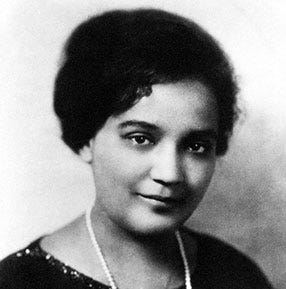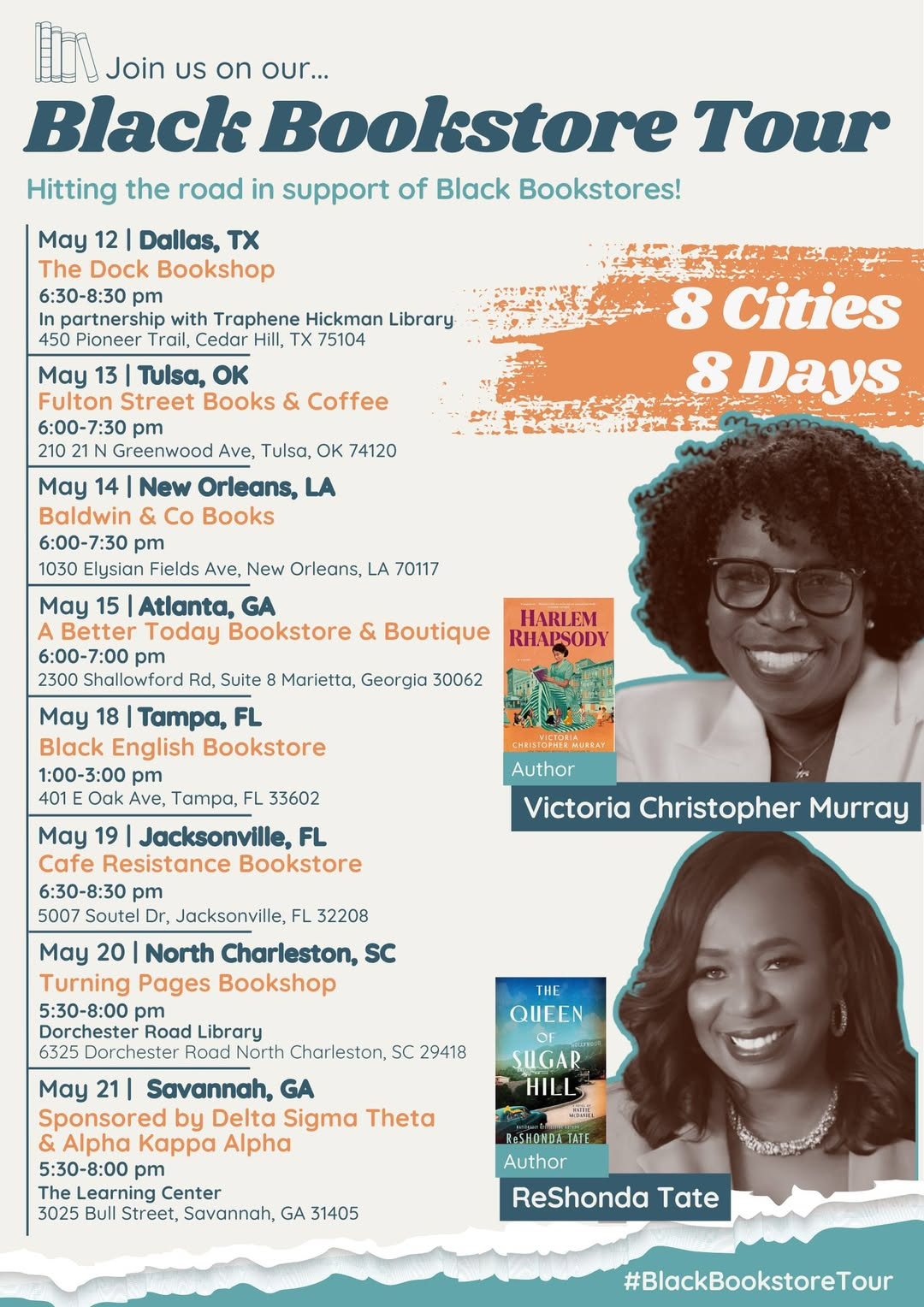This weekly series will focus on the stories that continue to linger on my mind and their connections to how we see and interact with the world.
Have you considered how treacherous the road for “firsts” is? Last month, I dived into historical fiction and had the pleasure of reading Harlem Rhapsody by Victoria Christopher Murray & The Queen of Sugar Hill by ReShonda Tate. While each book is distinctly different and focuses on different notable women in different periods, they both left me grappling with the uncharted road “firsts” are faced with that make their experiences full of adversity.
The Midwife of the Harlem Renaissance
Jesse Redmon Fauset (1882 - 1961) cultivated the creative genius of Harlem Renaissance greats like Langston Hughes, Countee Cullen, and Nella Larsen as the literary editor of The Crisis, the official publication of the NAACP. Her work as their Literary Editor fostered the talent of Black writers and showcased the complexity of their lives in the 1920s. In addition to her role at The Crisis, Fauset also wrote There Is Confusion and Plum Bun, novels that explored the experiences of the educated Black middle class and addressed themes of race and identity. In Harlem Rhapsody, Victoria Christopher Murray explores her time at The Crisis, her close relationship with W.E.B. Du Bois, and how she needed to navigate the world around her that was not ready for ambitious, talented women to lead.
“She thought then of black people … And she saw them as a people powerfully, almost overwhelmingly endowed with the essence of life. They had to persist, had to survive, because they did not know how to die.”
-Jessie Redmon Fauset
Award Winning Comedienne
Hattie McDaniel’s (1893 - 1952) comedic stylings led her to Hollywood, where she tried to breathe humanity into the stereotypical roles she was given. After years of portraying maids and housekeepers, Hattie was nominated and won the Academy Award for Best Supporting Actress for her role in Gone With the Wind, the first Black woman to win, and struggled to receive roles that reflected Black women as multidimensional people. In The Queen of Sugar Hill, ReShonda Tate chronicles Hattie’s life after her historic win, her struggles with being understood within Hollywood, and her desire for love and acceptance.
“Every actor and actress is posessed of the absorbing passion to create something distinctive and unique.”
-Hattie McDaniel
The First is Not the Best
As I reflected on Jessie and Hattie’s stories, I was struck by the First vs. the Best Theory I was introduced. On a previous episode of her podcast, Luvvie Ajayi Jones was in conversation with Rich Dennis, owner of Shea Moisture, where they discussed the pitfalls of being the first in a space.
If you are the first to do something or be in a space, you have to extend mental and physical energy navigating the unknown. You don’t have a guide or model to look towards and are often grappling a variety of challenges. Those who come after you benefit from observing your successes and mistakes and are able to move forward faster because someone else was first.
Both Jessie and Hattie faced the challenge of being the first and their challenges were magnified by the time they were living in, their gender, and their race. They wanted and deserved more success then they were afforded and all those who have come after reap the rewards of their sacrifices.
Add Harlem Rhapsody by Victoria Christopher Murray & The Queen of Sugar Hill by ReShonda Tate to your reading list and consider how these misunderstood legends grappled with their cicumstances to create art they were passionate about.
Meet The Authors
Victoria Christopher Murray and ReShonda Tate are touring Black-owned bookstores in the South and discussing both books!
I’ll be at the Tulsa stop ready to learn and ask questions!
Affiliate Disclosure: This publication may contain affiliate links. If you click on these links and make a purchase, I may earn a small commission at no additional cost to you.








This reflection hit me right in the chest. The way you tied Jessie and Hattie's stories to the “First vs. Best” theory... it really sheds light on how much emotional and creative labor goes into being the first in any space, especially as a Black woman (a client of mine recently published a book on this exact theme). Thank you for reminding us to not only honor these women’s legacies but to consider the cost of their contributions.